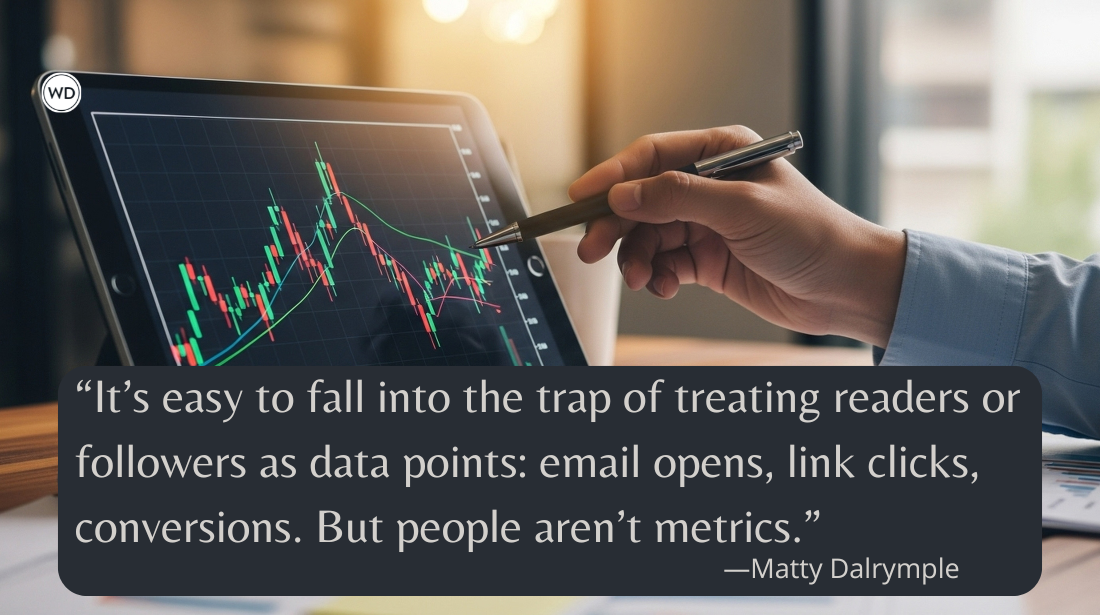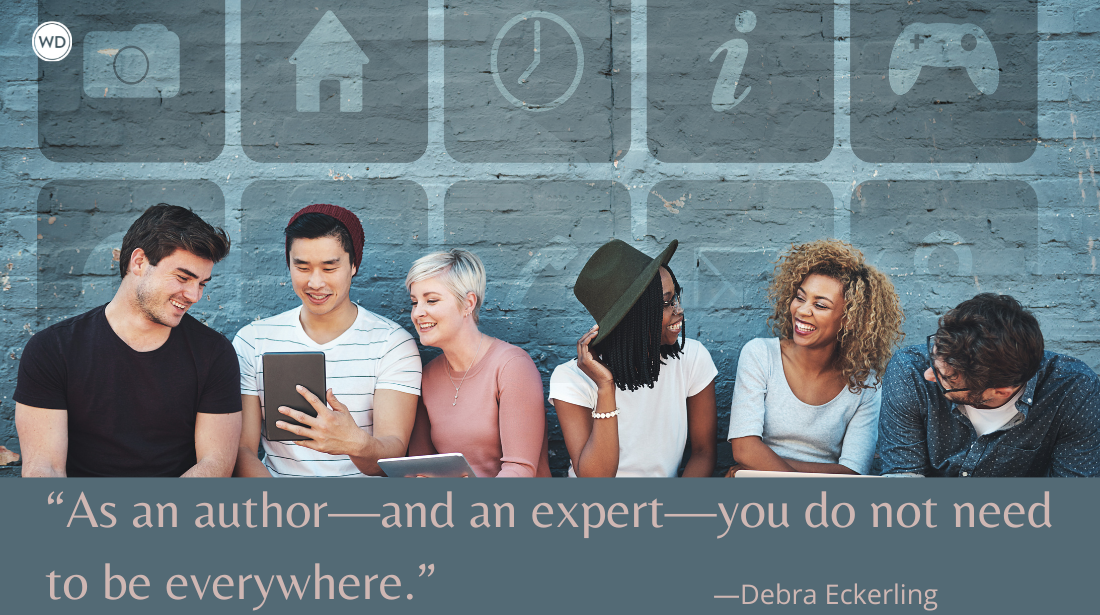The 8 Secrets of Great Copywriting
Forty years as a copywriter has taught Pat Fagan that copywriting is part trench work, part cliff diving, part Hemingway, a little Lewis and Clark, and all about telling the truth. During his career, he learned a lot from working with the industry’s most talented giants. Here are their best tips.
Forty years as a copywriter has taught Pat Fagan that copywriting is part trench work, part cliff diving, part Hemingway, a little Lewis and Clark, and all about telling the truth. During his career, he learned a lot from working with the industry’s most talented giants. Here are their best tips.
Forty years as a copywriter has taught me that copywriting is part trench work, part cliff diving, part Hemingway, a little Lewis and Clark, and all about telling the truth. During my career, I learned a lot from working with the industry’s most talented giants. Here are their best tips.
—by Pat Fagan
1. Advertising is the truth standing on its head to get attention.
—Bill Bernbach, named the most influential adman of the 20th Century by Advertising Age
Bernbach sparked a creative revolution in the ’60s by promoting a product’s warts. The Volkswagen was an ugly little foreign car that was small and bug-like for good reason: better fuel economy than America’s gas-guzzlers; simple to maintain; easier to park on crowded streets. Detroit laughed off the VW: “Americans only want big American-made cars.” Who’s laughing now?
2. There is no such thing as mental block
—Bob Levenson, arguably the best print copywriter of all time; 1972 inductee into The One Club Creative Hall of Fame
Levenson regarded mental block as nothing more than spending too much time going in the same direction. His solution: Turn around and go the other way. If writing something humorous fails, use a serious approach. If a short headline doesn’t work, try a long one.
3. All things being equal, never give the competition the chance to say something first.
—Claude C. Hopkins, advertising pioneer and author of Scientific Advertising (1923)
Schlitz ranked fifth in beer sales when Hopkins was hired in 1907 to keep the brand from going under. During a tour of the brewery, he noticed that all of the used bottles were cleaned with live steam for purity. Every brewery cleaned their bottles the same way, but the beer-buying public had never been told. “Live steam” became the heart of Hopkins�� campaign, and within months, Schlitz was closing in on No. 1.
4. Single syllables … work … best.
—Aaron Kastin, award-winning copywriter
Kastin hated pretentious copy and scoffed at anyone he thought was “trying to sound like Faulkner.” Ad writing should be minimalist. Consumers want immediate information, efficiently stated and delivered dramatically. Hemingway wrote ad copy for a short time. Enough said.
5. The most important word in the English language is you.
—John Caples, the industry’s most successful direct mail copywriter for more than 50 years
Caples, another Hall of Fame copywriter, said the surest way to draw people into your ad is to let them know you are talking directly to them. Make your headline personal. Write eye-to-eye. The word you does that.
6. The best headlines most often start out buried in the body copy.
—Will LaCava, award-winning art director
If you’re having trouble coming up with the perfect headline, write the body copy first. Later, go back and read what you wrote as if you were a consumer seeing it for the first time. Somewhere, buried in all that copy, you will find your headline. Don’t ask me why it works … it just does.
7. Research is like wool on a sheep—a natural resource, but it doesn’t tailor a suit on its own.
—Stu Sharpe, account manager at multiple Top 10 ad agencies
Many brand managers would be happy if you just relayed their research point-for-point in your copy. If the ad fails, they can shift the blame: “Not my fault—the research said it.” Sharpe, the best account exec I ever worked with, understood that research is only the foundation. An architect designs the house.
8. It took only one iceberg to stop the Titanic.
—Patrick Feeney, adman and longtime New Jersey newspaper director
Feeney’s reference to the Titanic had personal significance—he launched his career as a newspaper reporter only weeks after the “unsinkable” sunk—but the truism applies to copywriting. When crafting your headline, lead with the single most important point. Ignore the all-too-common client requests to cram as much info as possible into the headline. Their reasoning: “But what if no one reads the body copy?” The truth: If you cannot make one compelling point in your headline, you guarantee the body copy will go unread.
GET EVERYTHING YOU NEED TO KNOW ABOUT COPYWRITING
IN THIS HEAVILY DISCOUNTED BUNDLE OF RESOURCES:
Freelance Writing: Build Your Copywriting Career.
ORDER NOW >>
This article was written by Athena Schultz, a professional copywriter and instructor of Break into Copywriting for Writer's Digest University. Check it out here.
Thanks for visiting The Writer's Dig blog. For more great writing advice, click here.
*********************************************************************************************************************************
Brian A. Klems is the online editor of Writer's Digest and author of the popular gift bookOh Boy, You're Having a Girl: A Dad's Survival Guide to Raising Daughters.
Follow Brian on Twitter: @BrianKlems
Sign up for Brian's free Writer's Digest eNewsletter: WD Newsletter









